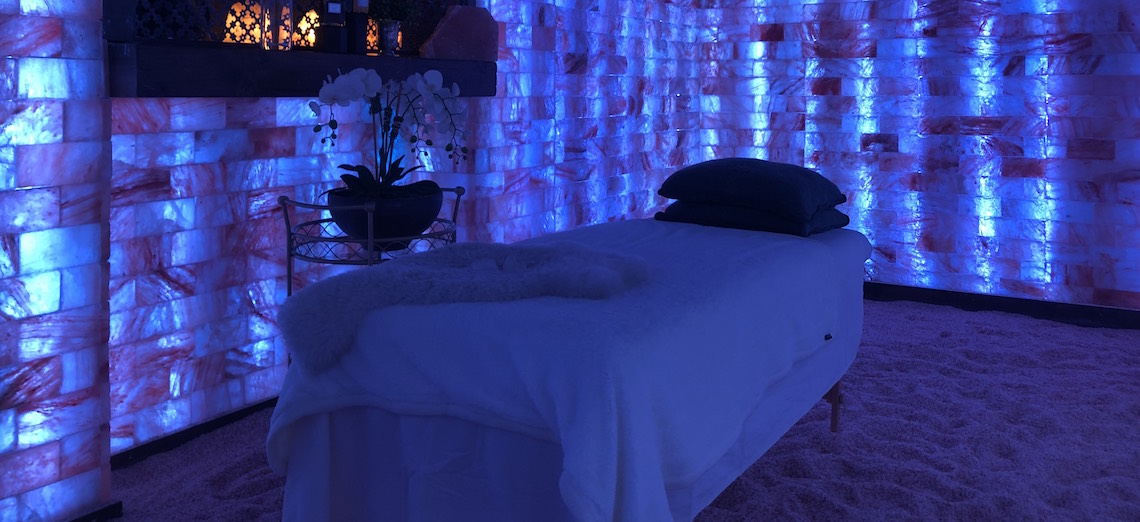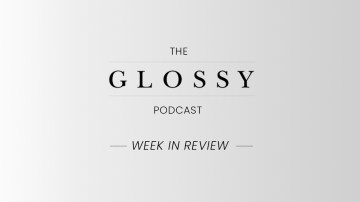Across the U.S., the spa industry had been hoping that the June decline in Covid-19 cases would stick, and that people would be coming back in full force for facials, lymphatic drainage, crystal therapy and acupuncture.
And that did seem to be the case in the summer: According to Yelp, searches for spas grew 26% year-over-year in June 2021 and 22% in July, while massage searches were up 16% in June. But the Delta variant has complicated the futures of many businesses that never returned to pre-pandemic levels.
“We have not seen a huge variation in booking,” with the rise of the Delta variant, said Alexandra Janelli, the founder of New York-based wellness center and medspa Modrn Sanctuary. But numbers are “definitely not back to pre-pandemic bookings at all.”
Booking volume is “not what it used to be,” said Possetta Koujo, founder of Los Angeles-based Tonic Wellness. She said her business has reduced its hours, while other spas in the city are now closed for a portion of the week. “We haven’t had a full booking day since the pandemic started.” She adjusts the schedule on a weekly basis, closing early on many days rather than operating on the spa’s former 10-to-5 schedule.
But Covid-19 case numbers do seem to affect people’s willingness to get treatments at some centers. “In moments where there is more of a spike, or particularly where there are more moments of uncertainty, there tends to be a little bit of a softening [in bookings],” said Michelle Larivee, founder of acupuncture studio and wellness center WTHN.
And for upscale spas catering to clientele in major cities, many of their customers have fled.
“So many people left Manhattan and have not come back yet,” said Janelli, of Modrn Sanctuary’s customer base. “A lot of them had mentioned, ‘We would love to come back; we’re unfortunately just not in the city anymore.’”

Modrn Sanctuary’s Himalayan salt room. (Courtesy photo)
The same goes for Los Angeles. Customers moving out of Los Angeles have had “a big impact” on business for Tonic Wellness, said Koujo. “A lot of people relocated to other states.”
The situation differs from location to location.
“I have a sense that, with only two treatment rooms, our small boutique experience appeals to customers who might have hesitations around visiting higher volume spas,” said Melissa Palmer, co-founder and CEO of skin-care brand Osea. She said that bookings at the small Venice, Los Angeles studio have been “steady” since it reopened in June last year. “If anything, we’ve seen a recent rise in demand for facials.” Services are back up to 100% of what they were pre-pandemic, and July was the studio’s second highest-grossing month ever, second only to February 2020.
Spas have made permanent a range of new safety features, including temperature screening, air filters and enhanced sanitization. Osea, for example, still disinfects surfaces every 30 minutes, a frequency it upped from several times a day pre-pandemic. It also began requiring estheticians to become Barbicide certified.
Due to the Delta variant, any lifting of restrictions was short-lived at spas.
“There was a point where, if you were vaccinated, we were allowing people to take their masks off. That lasted for about a week,” said Janelli. The spa has also implemented air filters and disinfection every 30 minutes. Customers are required to sign a Covid-19 waiver and have tested negative if they recently traveled.
“You can’t control everybody or rely upon everyone’s sort of judgment, no matter how well-intentioned,” said Kenneth Rothaus, co-founder of Modrn Sanctuary. “So we just decided we had to follow the strictest protocols at all times.”
Many of the new procedures are permanent.
“In an abundance of caution, we never relaxed our sanitation protocols, even when numbers were dropping. You could say our risk tolerance is quite low,” said Palmer.
The ongoing pandemic has also impacted the way new spas are built. WTHN designed its new space that opened on August 16 with the pandemic in mind. It’s located at Mt. Sinai’s wellness center, HealthQuarters, and offers a touchless and cashless check-in experience. It was also designed to facilitate social distancing.
Some new measures, such as taking more time for cleaning and UV sanitizing, lower the number of bookings a business can take in a day.
“For the past four months, we have tried to re-open at full capacity, but it wasn’t safe to do so,” said Koujo. “So we are not at full capacity; we still space out the sessions for deep cleaning and sanitizing our boutique.” It also still no longer offers couples treatments.
When it comes to vaccine requirements, spas are taking a variety of different measures. In New York, spas and health-care facilities are not among those that are required to ask customers for proof of vaccination.
Modrn Sanctuary does not require vaccinations, but asks for people’s proof of vaccinations, and those that are unvaccinated must keep their masks on at all times, including for procedures such as facials. Janelli estimated that around 90% of the company’s customers are vaccinated.
For his part, Dr. Rothaus requires patients at his private practice to be vaccinated ahead of undergoing cosmetic procedures. Unvaccinated patients “are in the real minority,” he said. He told one recent patient that she would not be able to receive a cosmetic procedure without vaccination. “She called the other day and said she got her first vaccine,” he said.
To adapt to the lower foot traffic, many spas and wellness centers have created more products during the pandemic. Acupuncture studio WTHN, for example, introduced an acupressure mat that it sells online for $65. In addition, it’s been expanding its range of herbal supplements and other products.
To return to pre-pandemic levels, spa owners say several key things need to happen. For starters, people need a reason to return to the cities and become comfortable with heading back into spas again.
Koujo estimated “that it’s going to take another 6-8 months” for business to have the possibility of getting back to normal.
“The past year and a half has caused unprecedented hardship,” said Palmer. When asked what she thought it would take to get the industry back to normal, her answer was, “The same thing it would take for all service-based industries to return to pre-pandemic levels of stability, which is for the pandemic to end.”




